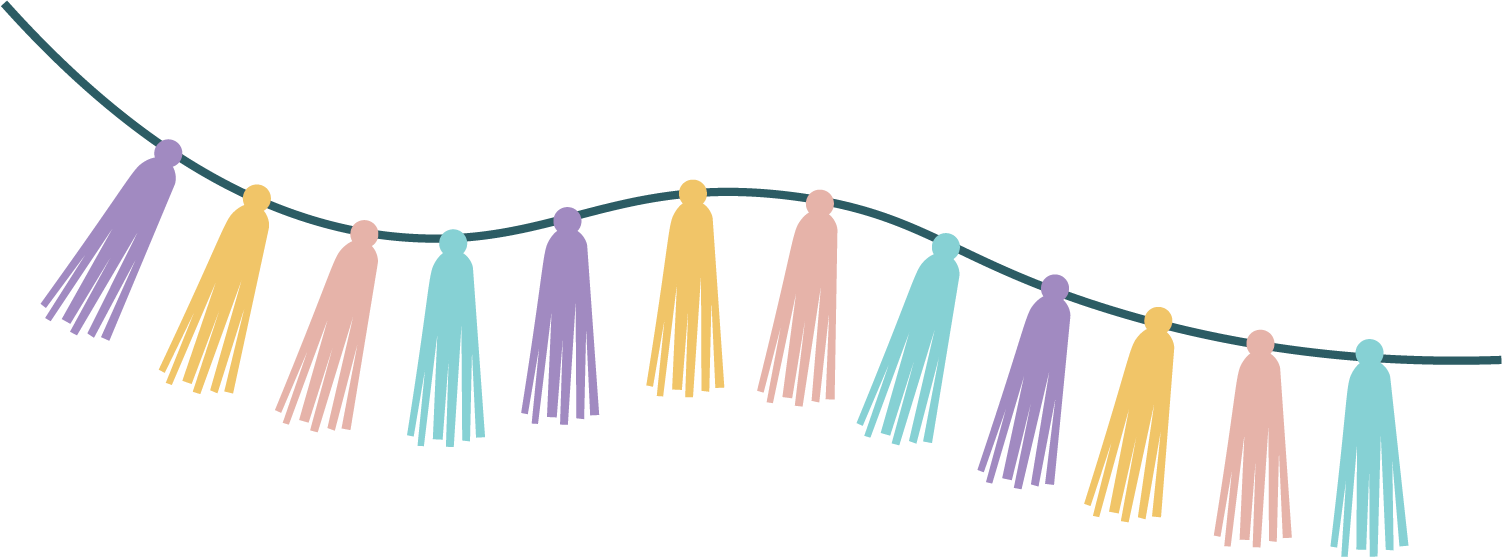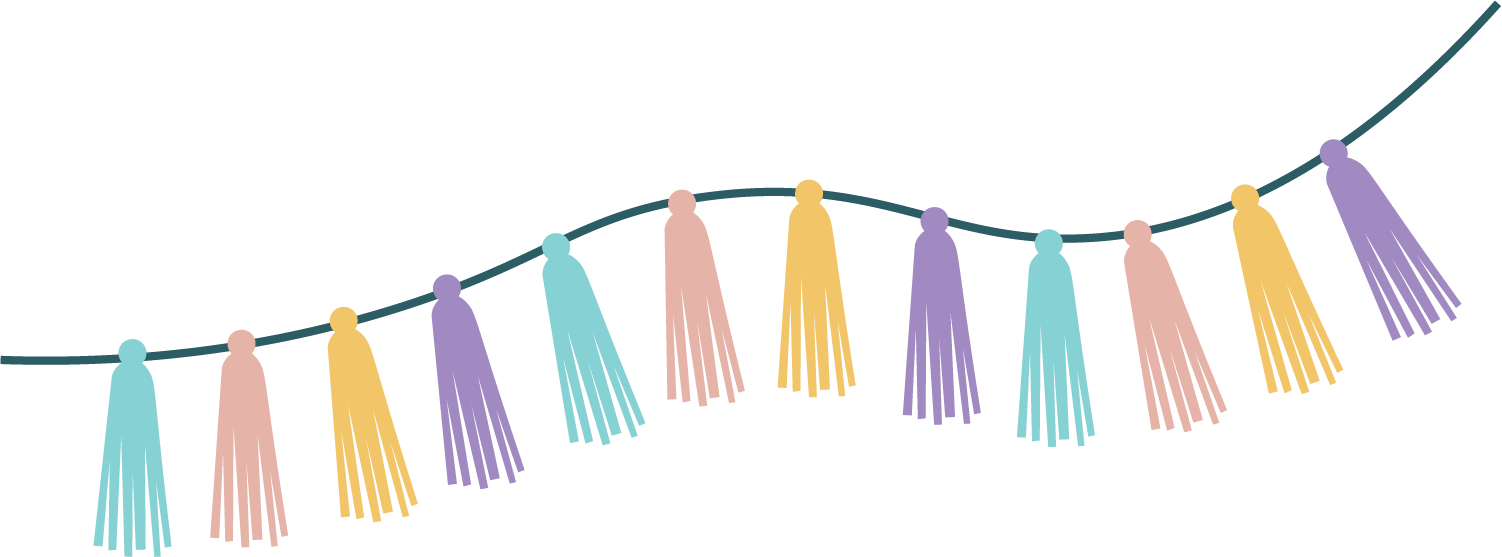
There are a lot of different terms used when discussing Autism Spectrum Disorders. It can get confusing, preventing us from understanding what to look for in children with autism.
Knowing the different types of autism and the behaviors associated with them helps with early diagnosis and aids parents who want to help their children living with autism.
We’re going to look at the different types of autism today, giving you a brief guideline on the ways that professionals talk about different kinds of Autism Spectrum Disorder (ASD).
Let’s get started.
Understanding The Different Types of Autism
In the past, autism was referred to in a few different ways. There were four subcategories of autism, all of which contained a broad scope of symptoms and classifications.
There was Autism Spectrum Disorder, Asperger’s syndrome, childhood disintegrative disorder, and pervasive developmental disorders not specified in the other categories.
Those classifications didn’t do justice to individuals living with autism, so a change was made. Now, all kinds of autism fall under the category of Autism Spectrum Disorder and exist in one of three levels.
Because autism exists on a spectrum, there’s a fine gradient of different symptoms and behaviors that might exist in any individual. A good parallel is the color wheel.
You can see clear differences between green and yellow when they’re at their boldest. That said, there are a near-infinite number of gradations between those two colors. Individuals on the autism spectrum tend to exist on one of those fine points rather than right in the middle of a classification.
So, what are the levels of the ASD spectrum?
Level One
When we work through the symptoms of various levels, make sure to note that individuals may not show any of the signs exactly as they’re described.
The level one classification has a few watermarks that often apply to a lot of individuals, though.
Difficulty in social interactions is the first issue. In particular, the response to otherwise “normal” social situations might be atypical. As a result, communication might be unsuccessful or strained for these individuals.
The person might have no interest in engaging in social interactions as well. Level one ASD individuals might speak in clear and lengthy language, but managing conversations might be challenging. When social cues are hard to decode, covering and communicating are a lot harder.
Beyond communicating, level one individuals can show inflexible behavior. That behavior leads to challenges in functioning at work and at home in some cases. A common behavior is resistance to changing from one activity to another.
These symptoms may not be obvious to see, especially if the person has worked with professionals early and had support. All of these behaviors add up to the main classification of level one ASD, which is “requiring support.“
Level Two
Level two ASD individuals might require more substantial support than those with level one ASD.
The individual might have a more noticeable difficulty with communication. Both nonverbal and verbal communication might be challenging to these individuals. While supports exist to help individuals with level two ASD, the social issues they face might still be very apparent.
This is distinct from level one ASD, which is harder to notice if you aren’t familiar with the person. These individuals might avoid the initiation of social interaction as well, either to avoid the stress or because they don’t have a real interest in doing so.
When others approach them, they might not produce enthusiastic or interested responses. There may not be any response or interest in responding to initiation from others.
Further, the narrowing of interests continues as we work up the levels of ASD. The individual has a small set of serious interests that occupy a lot of their time and focus. Moving away from these interests can be difficult.
Inflexible behavior is common among those with level two ASD. Those restrictions might not bend to any social setting or situation, either. For example, the person might show repetitive coping behaviors in a busy social situation.
As a result, people with level two ASD need a degree of assistance that surpasses those of level one ASD.
Level Three
Those who have level three ASD are faced with a much harder time communicating. They have a difficult time communicating verbally, often having a limited set of intelligible words at their disposal.
Nonverbal communication is similarly hard and interferes with their ability to function a great deal. Serious measures of support are needed to assist the individual in daily life, and it is not uncommon for the individual to require caretaking.
The repetitive and restrictive behavior of these individuals gets in the way of each area of life. As a result of communicative difficulties, individuals might respond well to very direct approaches. The subtle overtures of mood in social interactions aren’t picked up in the same way, so direct interactions are the best way to communicate.
These individuals, according to the DSM, require “very substantial support.”
Breaking Down The Term “Support”
These categories are separated by the level of support that individuals need as a result of their ASD. That said, support comes in all different ways in different degrees.
While symptoms and behaviors gradually get more pronounced, they’re still set against the backdrop of the individual in question. As we know, people handle things differently and require different care and support.
In the case of autism, there’s a wide range of potential behaviors or unique challenges. For example, some individuals might experience a lot of anxiety as a result of their high-functioning autism, while others don’t.
The degree of that anxiety might warrant a lot more support than someone else who also has level one ASD. The point is, the classifications above help to categorize things in general. Just because someone has a particular level of ASD, though, doesn’t give you the full picture of who they are.
Want to Learn More Autism Facts?
Hopefully, our look at the different types of autism was helpful to you. There’s more to learn, though. We’re here to help you understand Autism Spectrum Disorders so that you can better appreciate those living with autism.
Explore our site for resources on autism support, diagnosis, and much more.

